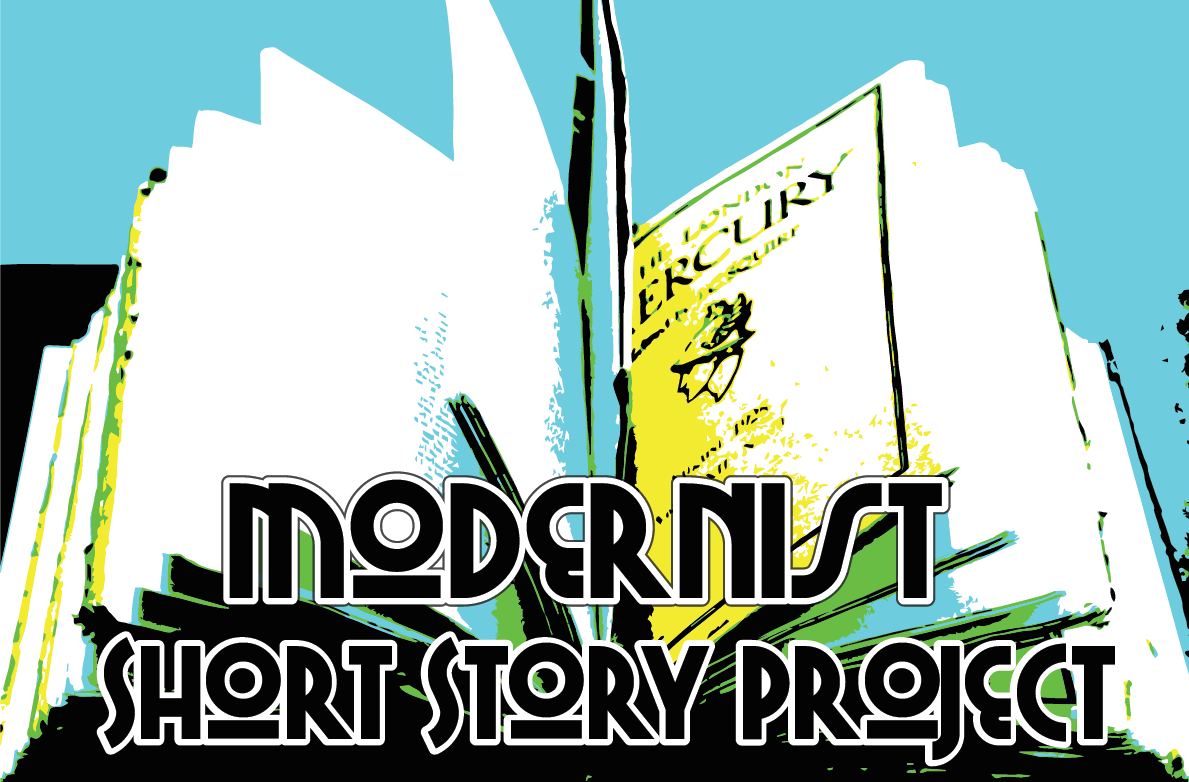Document Type
Article
Publication Date
Winter 2019
Abstract
D.H Lawrence's short story “Samson and Delilah” was first published in vol. 21 no. 100 of The English Review, a modernist magazine that ran from 1908 to 1923 before it was absorbed into The National Review. According to the Modernist Journals Project, the magazine is described as “being more "modernist" than it actually was” however it was still “a major literary journal of the transitional period” (Modernist Journals Project). The English Review’s first editor, Ford Madox Hueffer, played an instrumental role in D.H Lawrence's literary career. In 1909, Impressed with Lawrence's talent, Heuffer published some of his poems in the 12th issue of the periodical, and encouraged Lawrence to continue working on the manuscript of his first novel The White Peacock (Worthen). After this initial publication, D.H Lawrence’s work appeared regularly in The English Review. In 1911, The English Review was taken over by Austin Harrison. This new editor continued to publish D.H Lawrence's work and Lawrence continued to make regular contributions to the magazine for the duration of the periodical’s run. Upon first glance, “Samson and Delilah” appears to be a story about the superiority of men, and women’s ultimate submission to them. The short story ends with the self-sufficient, powerful woman submitting to man’s claims that he is her husband. This ending, paired with D.H Lawrence’s complicated relationship with women, allows the reading to easily show itself. However, if we pair our close reading of the text with a digital analysis we find that the story is about more than just women’s submission. Looking at the story through digital textual analysis, I argue that “Samson and Delilah” is a story about unknowability, and men and women’s inability to connect especially during and following World War I. This lack of connection creates tension between the sexes and ultimately, cannot be resolved until women accept their inferiority and submit to men.
Recommended Citation
Shipley, Shelby, "“A Perfect Stranger”: The Domestic Power Struggle in “Samson and Delilah”" (2019). Modernist Short Story Project. 18.
https://scholarsarchive.byu.edu/mssp/18

